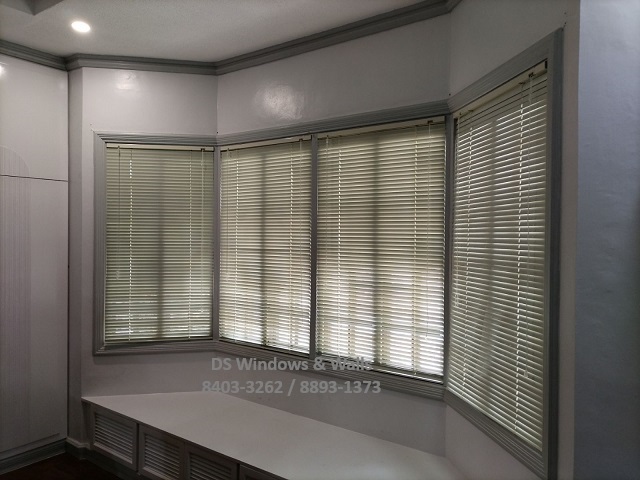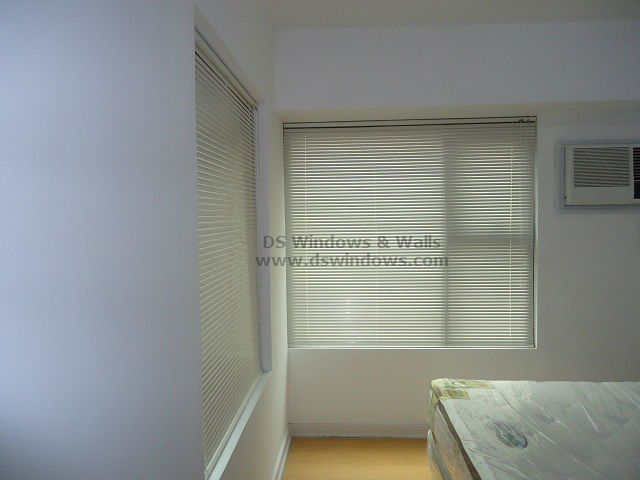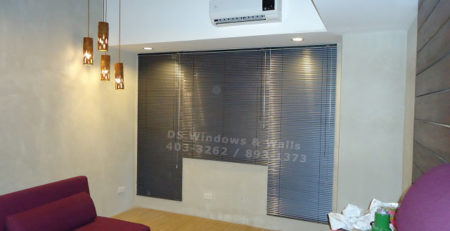Aluminum Mini Blinds for Bay Windows : Pasay Project
For today’s blog, we will be going through a very varied or different product of ours. This article will be all about aluminum miniblinds for bay windows as installed for our Pasay client. To establish understanding and appreciation, we will first define these items and proceed to their functions and ornamental benefits.
Miniblinds are also Venetian blinds, having thinner horizontal slats and a simple mechanism for the panels’ adjustment. The structure of these blinds are identified by the presence of slats, headrails, rods, and cords. Slats are thin, flat strips of material, usually made of vinyl, aluminum, wood, or faux wood materials. Miniblinds are distinguished from ordinary Venetian blinds by their exceptionally thin slats. A headrail is the mechanism for tilting the slats and raising or lowering the blinds. This is usually housed in a top casing. A rod or cable is connected to the headrail and allows the convenient adjustment of the slats’ angle. The entire blind can be raised or lowered using vertically oriented cords.
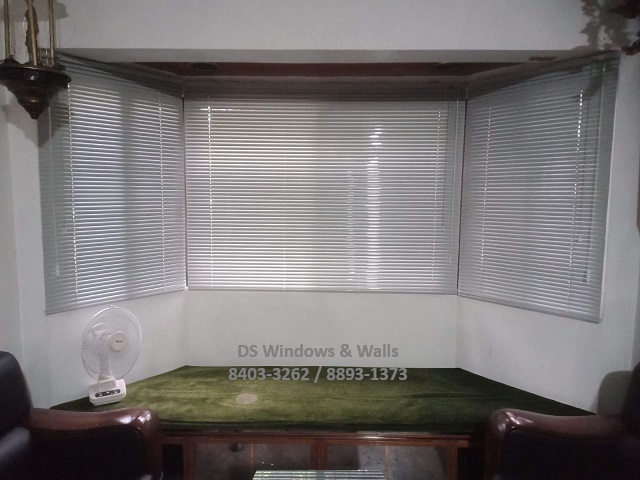
Aluminum miniblinds are the same, only that they are made of aluminum which makes the blinds more durable, long-lasting and lightweight. These are also more economical or cheap, making it the budget-friendly choice for bay windows. Further, aluminum-made miniblinds are more resistant to moisture, which means that they are suitable for humid areas without compromising quality or product deterioration.
A bay window is an appealing and useful architectural element that extends from a building’s wall, forming an alcove or bay inside the space. It is a window assembly that expands or forms a nook inside a room. Bay windows usually consist of three windows protruding outwards, giving room spacers a spacious impression of a unit. To produce an extension, the windows are placed in a curved or polygonal pattern. The most typical layouts include a box bay which has a rectangular structure with three flat windows; an angled bay with windows tilted outward at a 90-degree angle to create a more roomy alcove; a bow bay which is rounded in structure formed by four or more windows; and the unusual circle bay which consist of three larger windows on a curved plane. Additional features or elements of bay windows include roofs, frames, and seating area.
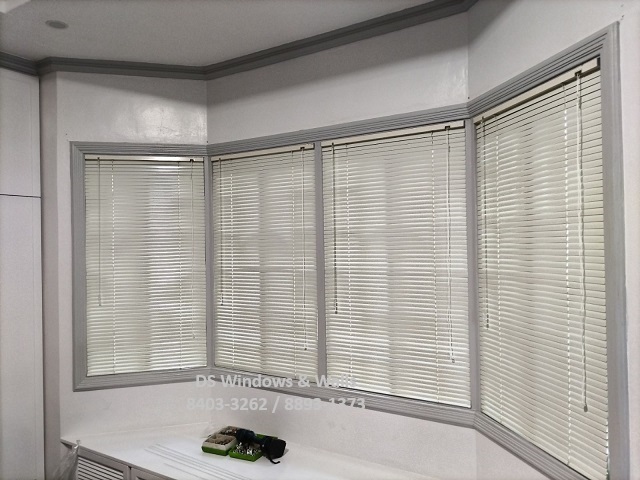
These established, we shall now dig deeper as to why aluminum miniblinds are a good choice for bay windows. These miniblinds have thinner slats and depths, allowing it to accommodate the joining angles of the multiple windows of bay windows. Unlike other blinds, miniblinds allow more precision in coverage of the varied angles of bay windows due to its narrow structure. This is an advantage because such accuracy improves coverage and minimizes gaps which in turn, enhances security and privacy. Our Pasay installation attests to this advantage because the coverage the miniblinds provide are evident and the gaps are significantly lighter.
We can explore more about these kinds of products through this link: http://blindsmanila.com/

